American Wild Plum Tree (Prunus Americana) – 3 Gallon Pot
$79.97 Original price was: $79.97.$55.98Current price is: $55.98.
SKU: D2LSC 3754697923 Category: FRUIT TREES & PLANTS
- Get the Best for Less
- No-Questions-Asked Returns
- Effortless Shopping, Quality Products
- 7 days free returns

American Wild Plum
Prunus americana
Other Names: American Plum, Wild Plum
NOTE: As with all of our other plants and trees, all of our fruit plants are grown in containers outdoors so they are fully rooted and landscape-ready upon arrival.
Plant Details
USDA Plant Hardiness Zones: 3a-8b (9?) Find Your Zone
Plant Type: Deciduous Fruit Tree
Height at Maturity: 15-25′
Width at Maturity: 15-25′
Spacing: 30′ feet for space between trees
Growth Habit / Form: Open Broad
Growth Rate: Moderate to Fast, 1 to 2′ or more
Flower Color: White
Flower Size: 1″, in clusters of 2-5
Flowering Period: Spring
Flower Type: Single, in clusters of 2-5
Fragrant Flowers: –
Foliage Color: Medium Green, Yellow to Red in fall
Fragrant Foliage: No
Fruit: Yes, Self-Fertile, edible but best for making jellies and preserves
Fruit Color: Red, 1″ diameter
Sun Needs: Full Sun or Part shade
Water Needs: Average, drought tolerant when established
Soil Type: Clay, Loam, Rocky, Sandy, Silty
Soil Moisture / Drainage: Moist But Well-Drained, drought tolerant when established
Soil pH: 5.5 – 7.5 (Acid to Moderately Alkaline)
Maintenance / Care: Low
Attracts: Butterflies, Beneficial Pollinators, Birds, Mammals
Resistances: Cold Temperatures (-40F), Drought (when established), Dry Soil (when established), Juglone (Black Walnut), Rocky Soil, Sandy Soil
Description
A tough but pretty and very adaptable North American native, the American Wild Plum is a single or multi-trunked small tree that reaches 15 to 25 feet tall and equally as wide. In the the wild you might see it growing in well-drained moist to dry rocky or sandy clay or loam soils in sunny to partially shaded woodland borders, pastures and along streams. It features abundant clusters or pretty white flowers that put on quite a show in early spring. Following the bloom are equally abundant clusters of edible red plums that measure about an inch in diameter. Although the fruits can be eaten fresh they are probably best used for making jellies and preserves. Attractive reddish-brown branches and twigs are clothed in oblong oval-shaped leaves that turn shades of yellow and red during fall. A tree that will always have you and many wildlife species looking forward to spring for the bloom and summer for the plums.
Note: The American Wild Plum is self-fertile so you need only plant one for fruit. That said, if two or more are planted their will be higher yields of fruit.
Wildlife Benefits
The American Wild Plum supports many types of bird, butterfly and mammal species. When allowed to sucker and grow as a hedge, its thickets provide good cover for songbirds and small mammals year-round. Its flowers are a good nectar source for many butterfly species and other beneficial pollinators. It is a larval host for many types of butterflies such as Coral Hairstreak, Tiger Swallowtail, Spring Azure, Viceroy and Red-spotted Purple. The fruits are a favorite of songbirds, wild turkeys, quail, white-tailed deer, and small mammals.
NOTE: As with all of our other plants and trees, all of our fruit plants are grown in containers outdoors so they are fully rooted and landscape-ready upon arrival.
Landscape & Garden Uses
Growing 15 to 25 feet tall and equally as wide, the American Wild Plum can be grown as a single or multi-trunk tree or as a suckering, spreading shrub. As a tree it is is ideal for use as a specimen or in grouping in sunny to partially shaded landscape and woodland borders. As a shrub it is useful as a barrier hedge or screen that will serve as a cover for many species of birds and small mammals. A fine addition to native gardens, bird and wildlife gardens, edible landscapes, cottage gardens and the Xeriscape (low water needs).
Suggested Spacing: 10′ apart for hedges; 30 feet for space between trees
Growing Preferences
The American Wild Plum tree is very easy to grow in most any moist but well drained t6o dry soil of average to low fertility in full sun or part shade. We suggest 4 or more hours of direct sunlight per day. It prefers a sandy clay or loam. Established trees are very drought tolerant. No pruning is necessary however it responds well to it for shaping purposes or size control or to remove suckers and lower branches to form a tree.
Note: Find helpful advice from our experts under the Planting & Care tab above on desktop screens and below on mobile phones.
Plant Long & Prosper!
Meet The Wilson Brothers & Staff
Questions? Contact Us
Be the first to review “American Wild Plum Tree (Prunus Americana) – 3 Gallon Pot” Cancel reply
Related products
Sale!
FRUIT TREES & PLANTS
Sale!
FRUIT TREES & PLANTS
Sale!
FRUIT TREES & PLANTS
Sale!
FRUIT TREES & PLANTS
Sale!
FRUIT TREES & PLANTS
Sale!
FRUIT TREES & PLANTS
Sale!
FRUIT TREES & PLANTS
American Persimmon Tree – Diospyros Virginiana – 3 Gallon Pot
Sale!
FRUIT TREES & PLANTS

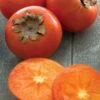
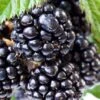

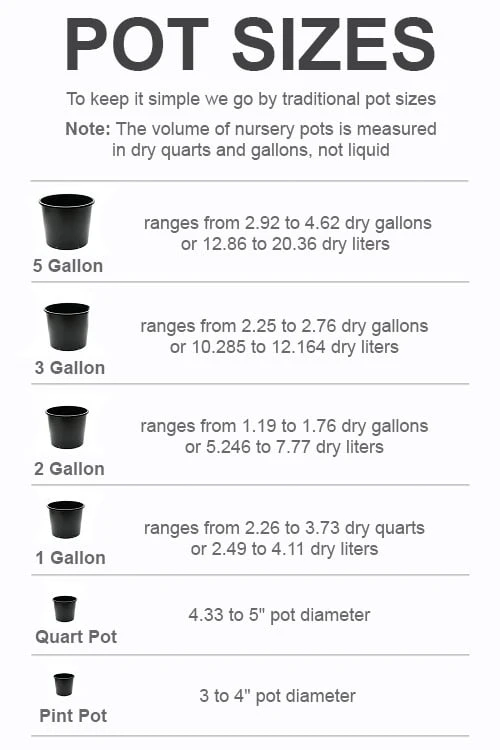


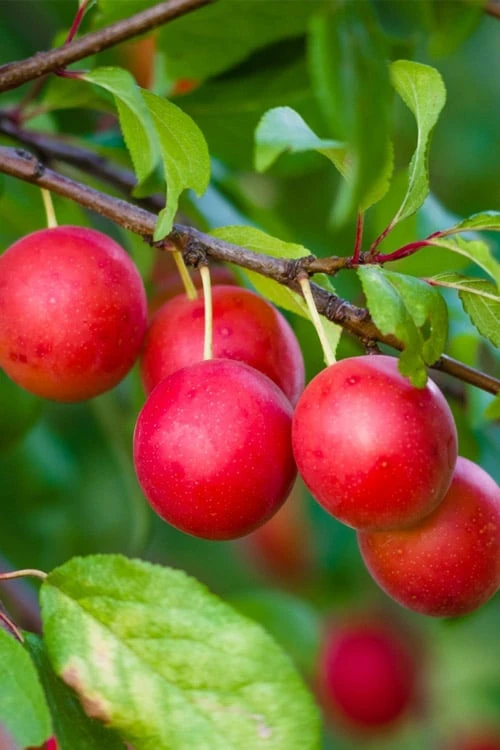
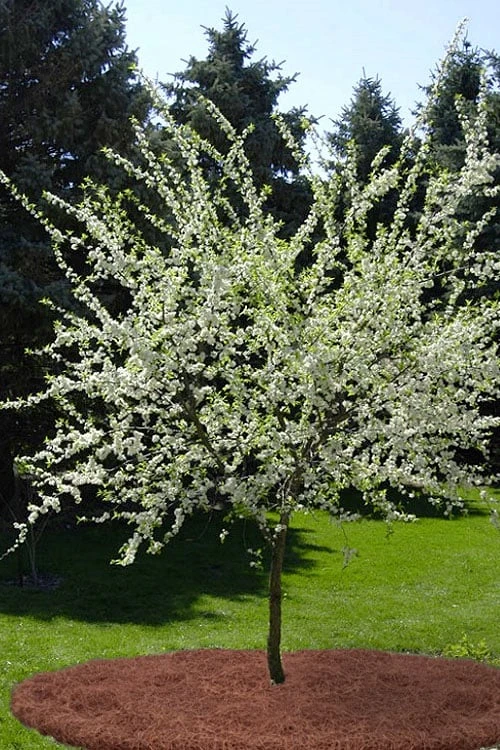


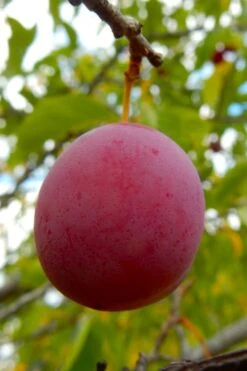
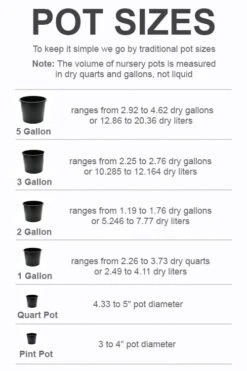
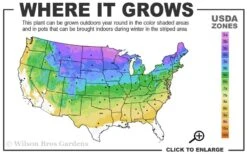


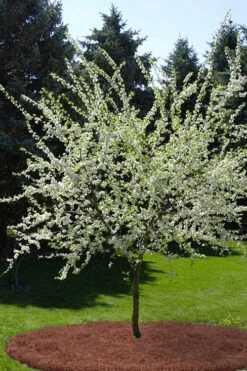
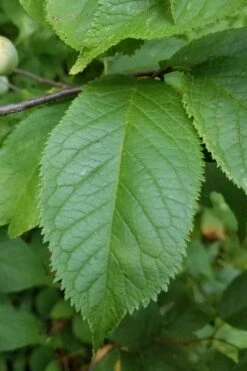
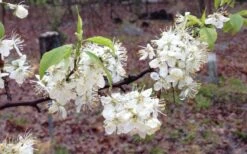

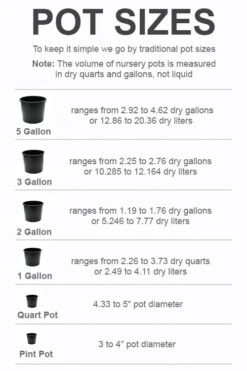

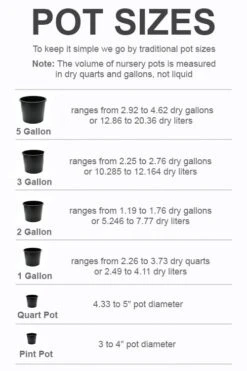

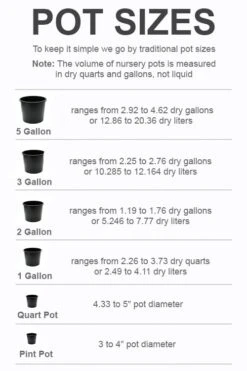
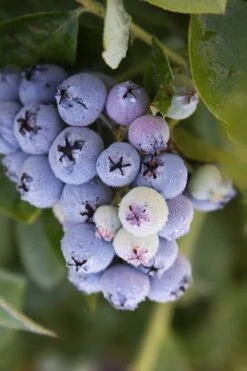


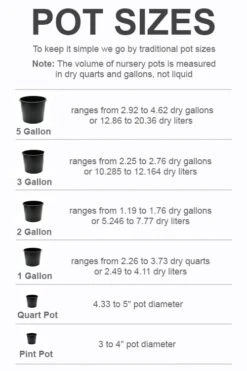


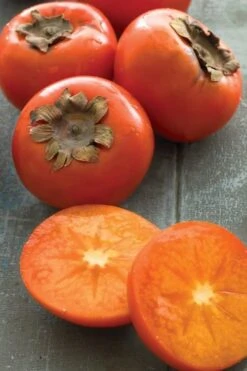
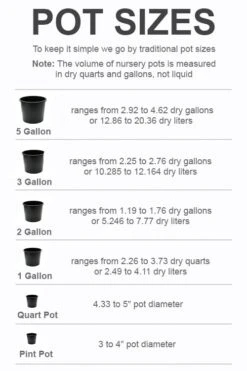

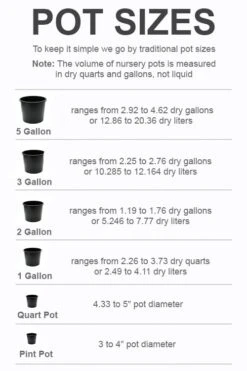
Reviews
There are no reviews yet.